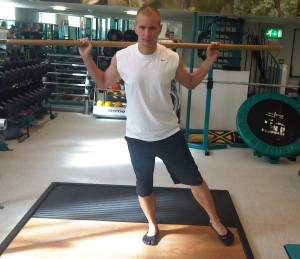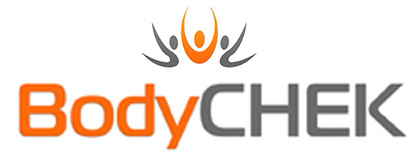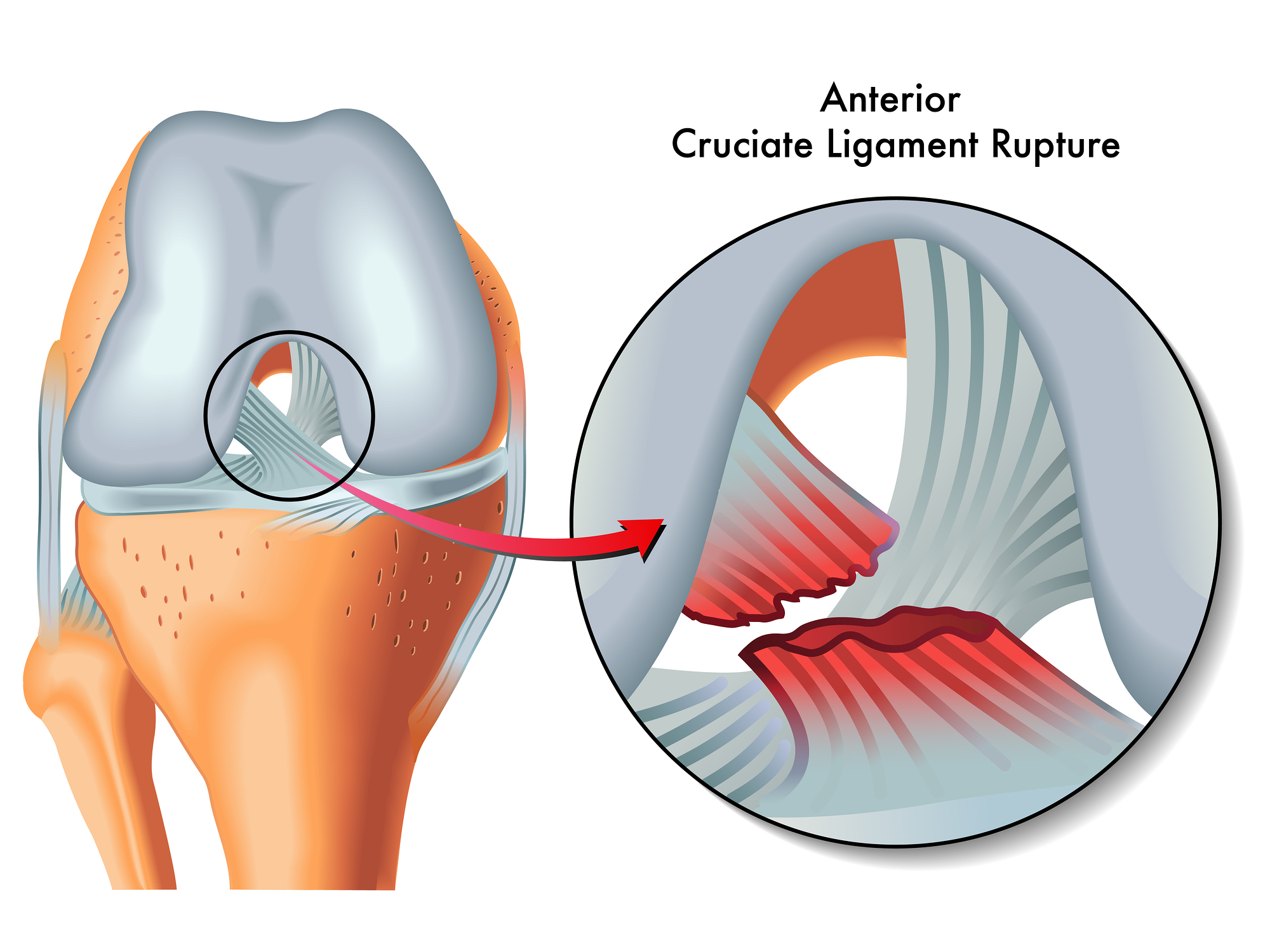The treatment for an ACL Sprain includes:
The Acute Phase:
In the first 24 to 48 hours, use Rest, Ice, Compression and Elevation (RICE) of the affected knee to prevent further damage and optimize healing time.
Always seek professional help if you suspect an ACL sprain
Anti-inflammatory protocols such as the use of Traumeel® ointment, gel or injections, anti-inflammatory supplements and avoidance of known sensitive foods.
Post-acute:
Sports massage above the affected area to aid venous return and therefore eliminate waste from the affected knee
Sports massage to help reduce tension in tight muscles
Heat treatments such as hot packs (after the swelling has gone)
 Corrective exercise, especially improving muscle balance in the lower limbs, leading to gradual return to training and competition.
Corrective exercise, especially improving muscle balance in the lower limbs, leading to gradual return to training and competition.
Strength training should begin with isometric, then slowly progressed to concentric and finally eccentric work.
A total rupture usually requires surgery.
The recovery times you can expect with appropriate recovery management are:
Grade 1 sprain – is a minor tear of the ligament. Mild local pain and tenderness may be felt and minor swelling and muscle spasm may be seen. Function of the joint isn’t too affected. With the correct treatment and care, recovery can take 2-3 weeks.
Grade 2 sprain – is a severe partial tear of ligament fibres. Pain is possible at rest and likely during weight bearing and stress testing. Considerable swelling and a loss of function are likely. Recovery is likely to be 3-6 weeks.
Grade 3 sprain – is a total rupture of the ligament fibres. There will be severe pain, severe loss of joint function, loss of joint stability and muscular spasm. Rapid swelling is also likely around the joint. A possible pop can be heard if the incident is sudden or traumatic. Healing can take 3-4 months or more following surgery.
Stay tuned to find out the exercises you are likely to need…

